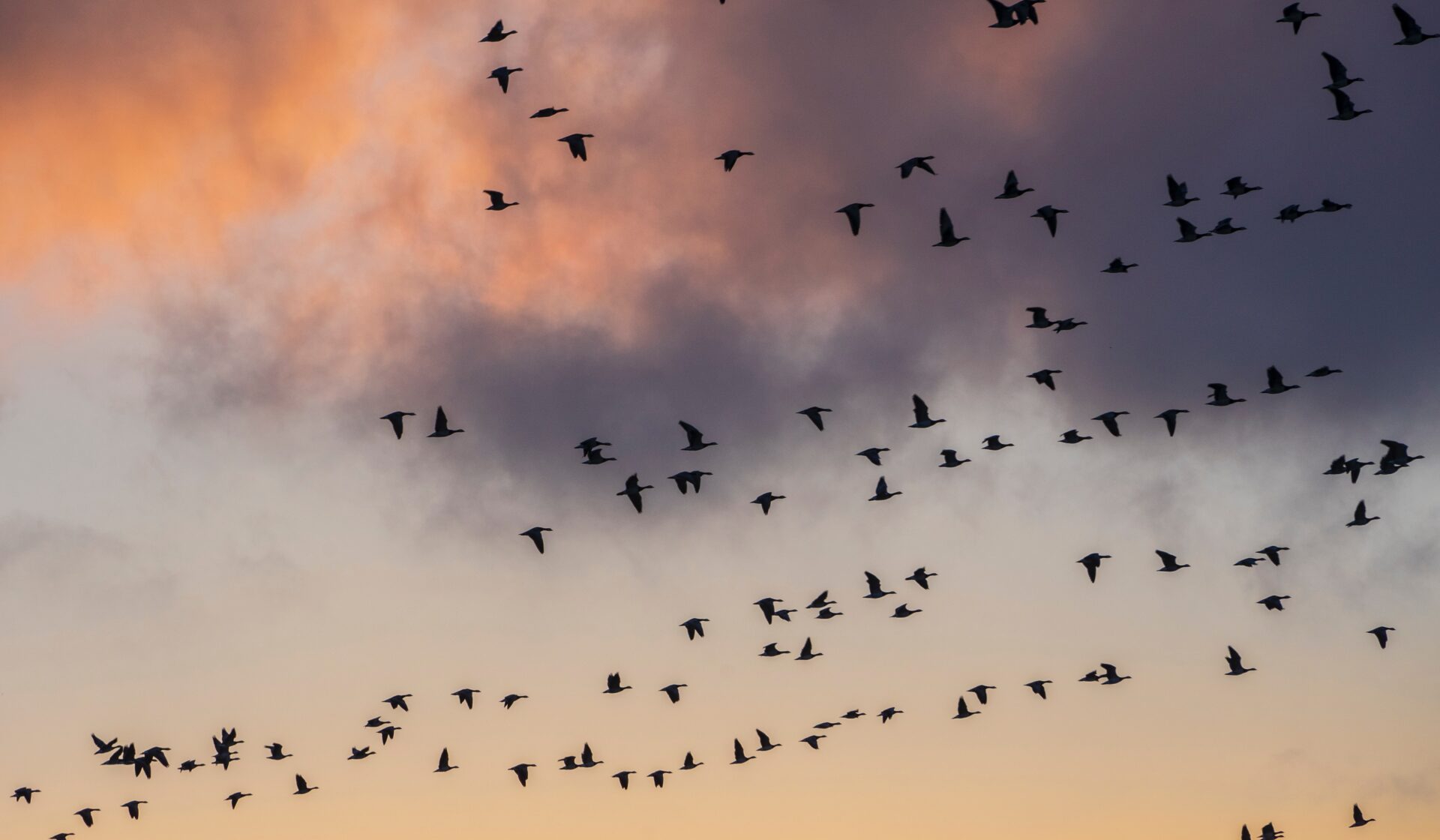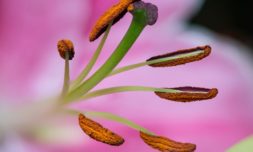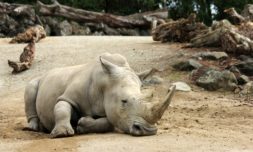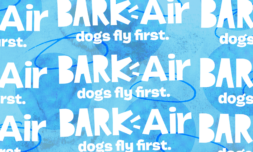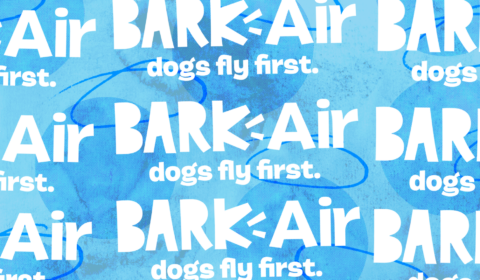New research has identified the use of pesticides and fertilisers in agriculture as the leading cause behind the continent’s dwindling avifauna populations.
According to more than 50 researchers who analysed data collected by thousands of scientists in 28 countries over nearly four decades, intensive farming is the primary driver of bird decline in Europe.
The report, which found the continent’s avifauna populations to have dropped by about a quarter since 1980, identified the use of pesticides and fertilisers as the leading cause of this.
It examined 170 species to establish the different human-induced pressures affecting them by correlating this with statistics on the climate crisis, land use and forest cover changes, urbanisation, and agriculture practices.
Compared with a generation ago, 550 million fewer birds now fly above us, with wild species like swifts, yellow wagtails, and spotted flycatchers – those reliant on invertebrates for food –the hardest hit.
‘It’s more than a smoking gun,’ said Richard Gregory, a senior conservation scientist at the RSPB, and one of the lead authors of the study (published in the Proceedings of the National Academy of Sciences).
‘I don’t think a study has looked at all these factors in one go, in such a sophisticated fashion, correcting for one variable alongside another; and it comes out with a very clear message.’
As revealed by the study, farmland species suffered the most precipitous decline, with numbers falling by 56.8 per cent since research began.


Additionally, numbers of urban dwelling birds are down 27.8 per cent, and among woodland dwelling birds the fall was 17.7 per cent.









